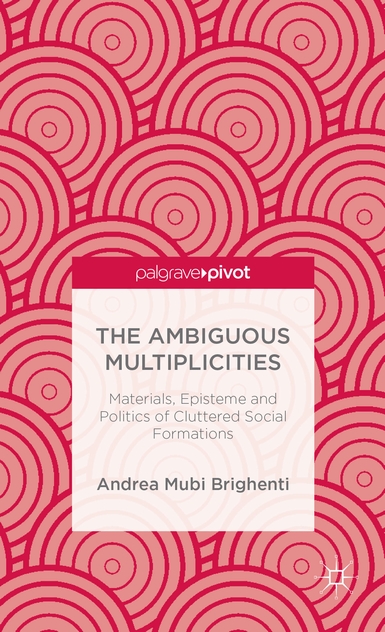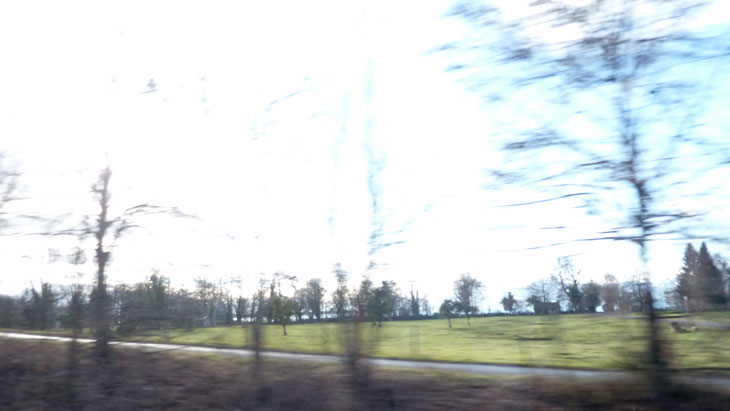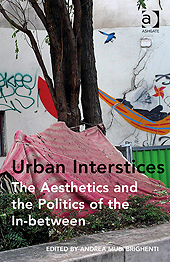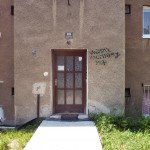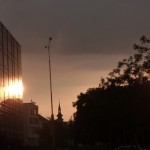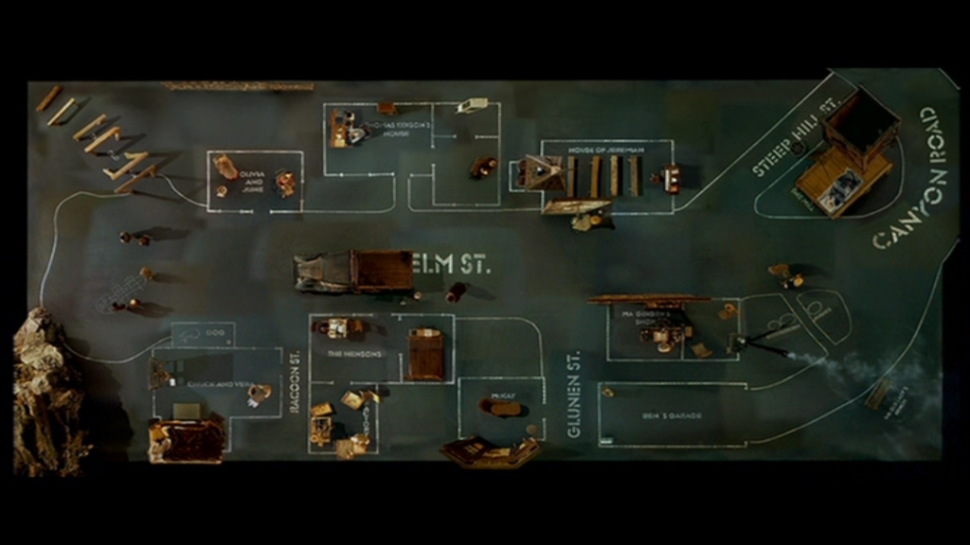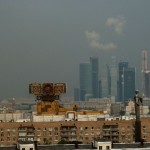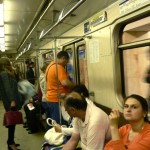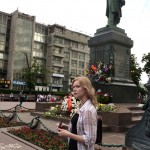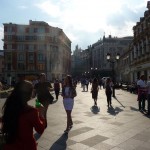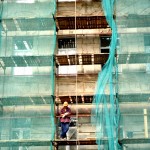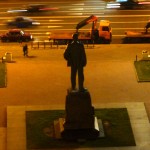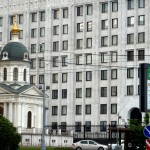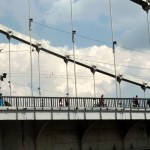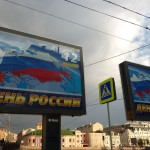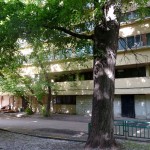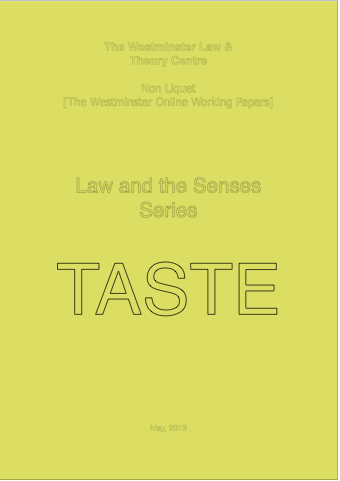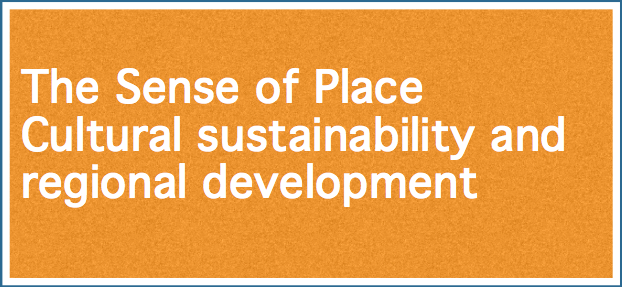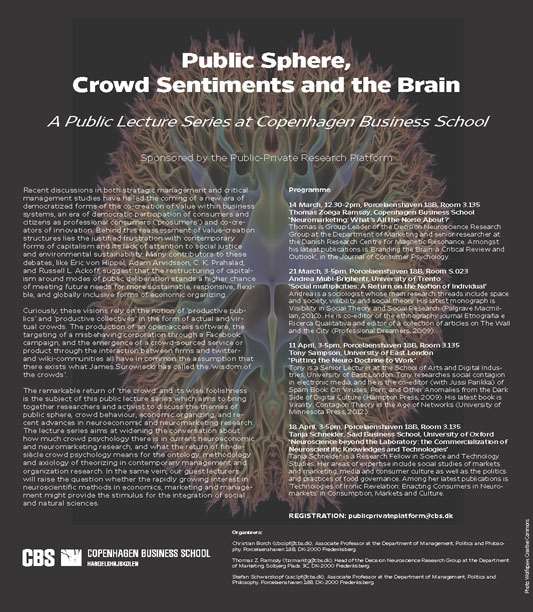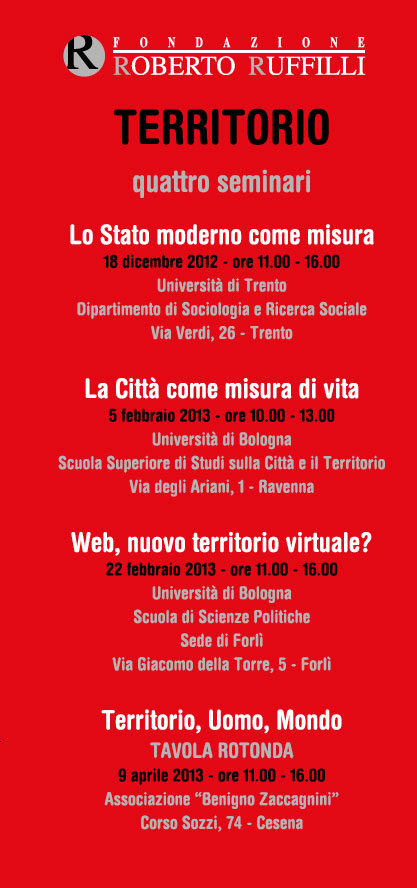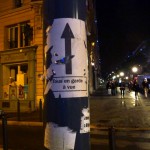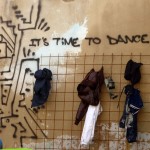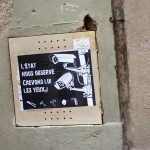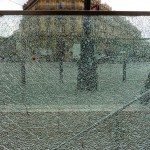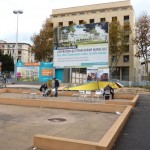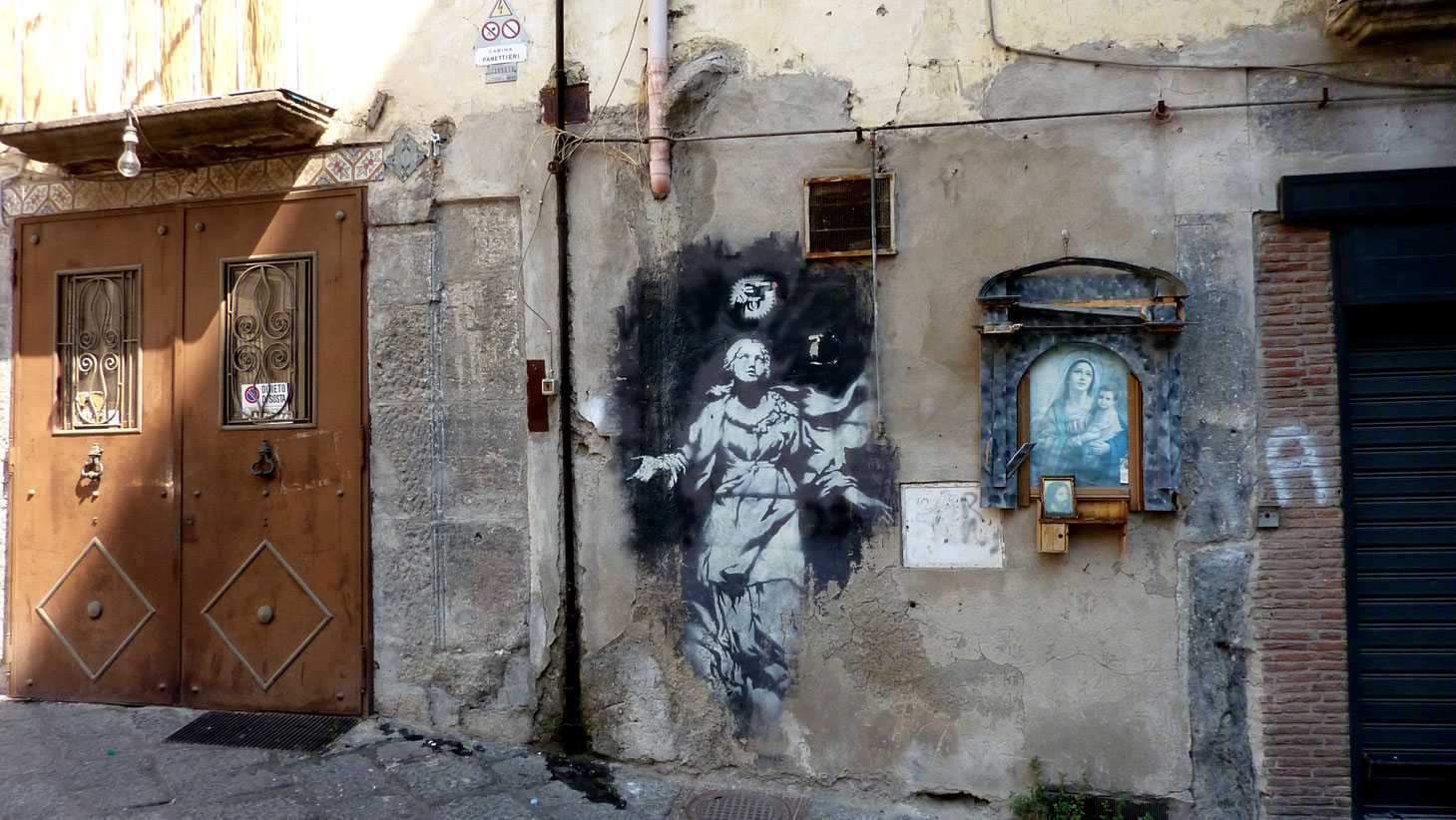
A speech I’m delivering at: Street Art in the Changing City: Theoretical Perspectives – Moscow, June 7–8, 2013 – http://igiti.hse.ru/en/hsestreetart/announcements/74150089.html
In a sense, both graffiti and street art share humble origins. While the first emerged as an essential expressive form of disadvantaged inner city youth in the late 1960s, the second originated from a more heterogeneous cohort of underground artists who, however, for quite a lapse since the 1970s through the 1990s, remained marginalized in the official art system. Such humble origins were clearly mirrored in the fact that, seen from the outside, early street art entertained only a parasitic relationship to the official cityscape, while graffiti was mostly stigmatized as seen as negatively affecting places (a sign of ‘urban decay’).
Over the last decade, a major counter-trend has made its appearance, whereby street art has moved much closer to the core of the contemporary art system, whereas graffiti has received unprecedented attention from mainstream cultural institutions. Albeit to different extents and not without contradictory or even paradoxical outcomes, both graffiti and street art have been increasingly associated with thrilling lifestyles, urban creativity, fashionable outfits, and hip neighborhoods. A radical transformation has followed concerning the impact these practices have on the value attributed to certain urban places. Rather than value-neutral (invisible) or value-detracting (supravisible) as before, now graffiti and even more pronouncedly street art seem to be value-bestowing (visible). Visibility means they have turned into recognizable and much sought-for items in the urban landscape.
In this context, my aim is to look at recent graffiti and street art events in the context of recent urban transformation. Although such events have popped up almost everywhere in the world, and in the Western countries in particular, I will refer to the case of Italy, where in the last five years I have been collecting a series of detailed field observations. I am puzzling about the social and cultural significance of graffiti and street art in the changing cityscape and the unfolding urban process. By doing so, I am also inquiring into the economic process of place valorization in the current transformations of capitalism. Finally, I am placing these concerns in the framework of the new political processes of disciplination and urban governance.
*
Here is the audio record (mp3 version)
Here is also a short interview I’ve released : http://www.hse.ru/en/news/85034010.html
